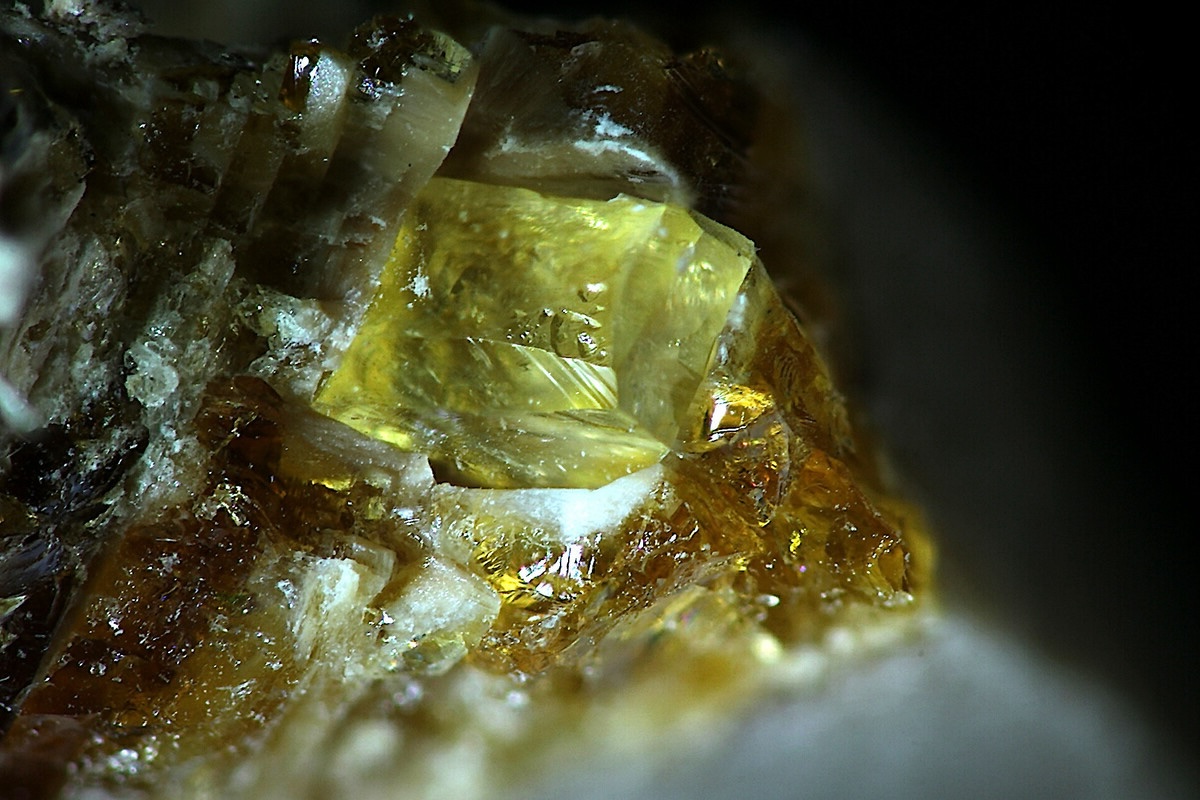
Weddellite is a fascinating mineral that often goes unnoticed. Named after the Weddell Sea in Antarctica, this mineral is a form of calcium oxalate dihydrate. Found in kidney stones, it plays a significant role in medical studies. But did you know it also appears in plants and even some fungi? Weddellite crystals can form in various shapes, including pyramids and bipyramids, making them quite unique. Their formation is influenced by factors like pH levels and the presence of other ions. Understanding weddellite can help in fields ranging from geology to medicine. Ready to dive into 50 intriguing facts about this remarkable mineral? Let's get started!
Key Takeaways:
- Weddellite, a mineral found in kidney stones and plant tissues, has unique properties and applications in medical research, environmental studies, and even gemology. It's a subject of ongoing scientific research and can provide insights into ancient diets and paleoclimatology.
- With its formation in biological systems, soil, hot springs, and caves, Weddellite offers a window into the Earth's history and environmental changes. Its presence in ancient mummies and fossils also makes it a valuable tool for studying ancient diets and archaeological findings.
What is Weddellite?
Weddellite is a fascinating mineral with unique properties and a rich history. Named after the Weddell Sea in Antarctica, this mineral has intrigued scientists and collectors alike.
- Weddellite is a calcium oxalate dihydrate mineral.
- It was first discovered in Antarctica.
- The mineral is named after the Weddell Sea.
- Weddellite forms in kidney stones.
- It can also be found in plant tissues.
- The mineral has a crystalline structure.
- Weddellite crystals are usually colorless or white.
- It has a hardness of 2.5 on the Mohs scale.
- The mineral is soluble in water.
- Weddellite can form in alkaline environments.
Formation and Occurrence
Understanding how and where Weddellite forms can provide insights into its unique characteristics and applications.
- Weddellite forms in biological systems.
- It can be found in soil.
- The mineral is often associated with decaying organic matter.
- Weddellite can form in urinary tracts.
- It is also found in lichen.
- The mineral can form in hot springs.
- Weddellite is present in some types of fungi.
- It can be found in marine sediments.
- The mineral forms in alkaline lakes.
- Weddellite can also be found in caves.
Chemical and Physical Properties
Weddellite's chemical and physical properties make it a subject of interest in various scientific fields.
- Weddellite has the chemical formula CaC2O4·2H2O.
- It has a tetragonal crystal system.
- The mineral has a specific gravity of 1.94.
- Weddellite is birefringent.
- It has a vitreous luster.
- The mineral exhibits perfect cleavage.
- Weddellite can be fluorescent under UV light.
- It has a low melting point.
- The mineral is thermally unstable.
- Weddellite can dehydrate to form whewellite.
Uses and Applications
Weddellite's unique properties make it useful in various applications, from medical research to environmental studies.
- Weddellite is studied in medical research.
- It helps in understanding kidney stone formation.
- The mineral is used in biomineralization studies.
- Weddellite can be used to trace environmental changes.
- It is studied in geological research.
- The mineral is used in forensic science.
- Weddellite can be a bioindicator.
- It is used in archaeological studies.
- The mineral helps in paleoclimatology.
- Weddellite is used in material science.
Interesting Facts
Here are some intriguing tidbits about Weddellite that highlight its unique nature and significance.
- Weddellite can form pseudomorphs.
- The mineral can be found in meteorites.
- Weddellite is sometimes used in gemology.
- It can form complex crystal aggregates.
- The mineral can be synthesized in laboratories.
- Weddellite is sometimes found in fossils.
- The mineral can be used to study ancient diets.
- Weddellite has been found in ancient mummies.
- The mineral can form in artificial environments.
- Weddellite is a subject of ongoing scientific research.
Final Thoughts on Weddellite
Weddellite, a fascinating mineral, holds more than meets the eye. Found in kidney stones and Antarctic ice, it showcases nature's diversity. Its unique crystal structure and formation process make it a subject of interest for scientists and enthusiasts alike. Understanding weddellite can lead to better insights into health issues and environmental conditions.
Whether you're a student, researcher, or just curious, knowing these facts about weddellite enriches your knowledge. From its discovery to its applications, weddellite proves that even the smallest minerals can have significant impacts. So next time you hear about kidney stones or Antarctic expeditions, remember weddellite's role. Keep exploring, stay curious, and who knows what other intriguing facts you'll uncover about the world around you.
Frequently Asked Questions
Was this page helpful?
Our commitment to delivering trustworthy and engaging content is at the heart of what we do. Each fact on our site is contributed by real users like you, bringing a wealth of diverse insights and information. To ensure the highest standards of accuracy and reliability, our dedicated editors meticulously review each submission. This process guarantees that the facts we share are not only fascinating but also credible. Trust in our commitment to quality and authenticity as you explore and learn with us.
